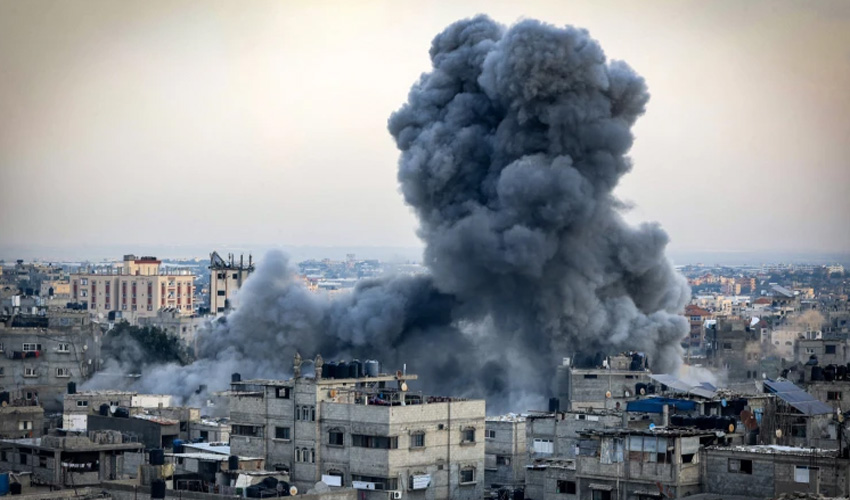As pressure mounts for a ceasefire in the conflict between Israel and Hamas, the city of Rafah is caught in a precarious balance, with conflicting signals from both sides leaving its citizens in confusion and fear.
On Monday, Hamas announced that it had accepted a peace deal for the hostages, sparking protests among the more than 1 million Palestinians seeking refuge in Rafah. However, Israel’s response was unclear, and airstrikes in the southernmost Gaza City continued overnight.
The Israeli military announced late Monday that it was targeting Hamas in Rafah, with reports of Israeli tanks near the Rafah crossing, a key gateway for humanitarian aid and supplies to Gaza.
Although Israel is skeptical that Hamas will accept a ceasefire, it has announced plans for further talks in Cairo through mediators from Egypt and Qatar.
Amidst the uncertainty, witnesses pointed to families who were afraid to evacuate Rafah on foot or by any means in response to Israeli army leaflets ordering residents to flee to the eastern district.
The situation raised concern among international actors, and the United States reiterated its position in Rafah during a phone call between President Joe Biden and Israeli Prime Minister Benjamin Netanyahu.
White stressed the need for an adequate humanitarian plan for the displaced Palestinians in Rafah and hinted at a possible change in policy if Israel were to take military action without such a plan.
Meanwhile, Hamas reaffirmed its position on the ceasefire and the withdrawal of Israeli forces. The group’s political leader, Ismail Haniyeh, discussed the peace proposal with Palestinian Islamic Jihad chief Ziyad al-Nakhlah and expressed his unwavering commitment to the resistance group’s demands.
As tension and uncertainty emerge over the fate of Rafah, the lives of the townspeople remain balanced between geopolitical interests and humanitarian concerns.





